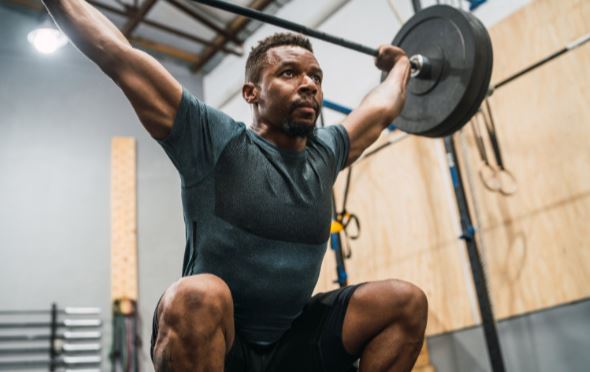Lifestyle
5 of the world’s most dangerous exercises you should avoid

Getting in shape and becoming fit through regular exercise is a great way to improve both your physical and mental health.
However, some exercises can be dangerous if performed incorrectly. Here are some examples:
1. Upright rows
The upright row is a weight training exercise that involves gripping a weight with an overhand grip and pulling it straight up to the collarbone.
This is a compound workout that includes the trapezius (a large back muscle), deltoids (muscle forming the rounded contour of the human shoulder), and biceps.
When performed with an extensive range of motion, this exercise may impact on the shoulder joints, raising the risk of rotator cuff injuries. Side lateral raises are a safer alternative.
2. Behind the neck presser
This is an exercise for your shoulders. It’s a variation on the shoulder press, also called the overhead press.
It’s also one of the most contentious exercises in the fitness industry, as it can potentially put too much strain on your neck and shoulders.
Doing front shoulder presses is a safer alternative that also works the shoulder muscles.
3. The kipping pull-up
This is an activity in which the participant maintains their legs together, performs a quick hip motion, and raises their body towards a bar.
This exercise might put undue strain on the shoulders and lead to injury.
4. Behind the neck lat pull-down
This cable workout targets the muscles of the upper and middle back. If you have the necessary shoulder mobility, it can help you target the upper back muscles, such as the trapezius.
The abnormal position could stress on the shoulder joints and cervical spine. Pull-ups or front lat pull-downs are a safer alternative.
5. Smith machine squats
In this exercise, a person pushes their hips back to begin the squat in the machine, keeping the knees in line and slightly past the toes until the thighs are at least parallel to the ground.
This exercise requires keeping the chest up and the weight distributed to the heels and toes on the ground.
The fixed path of the Smith machine can force the body into unnatural movement patterns potentially causing knee and lower back problems. Free weight squats with proper form are a better alternative.










